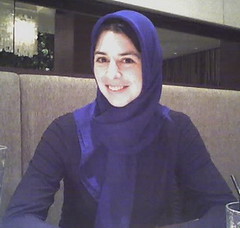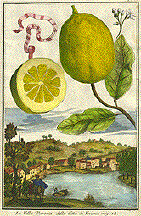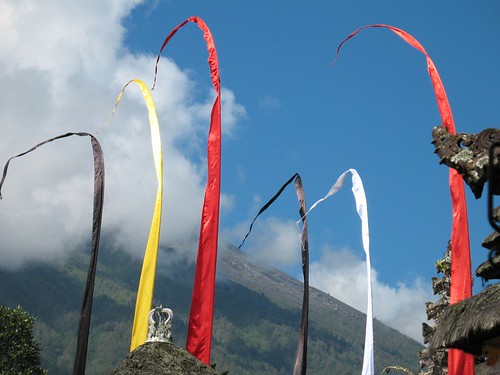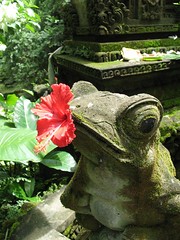One day, I noticed that I was intentionally avoiding white people.
White women, especially. Once I realized that I was doing this—studiously failing to meet their eye on the street, in the gym, in a market—I also noticed that white women, in turn, are studiously avoiding me. Some white men do this too, with other men, especially.
There aren’t so many of us white women here, strictly speaking, so we stand out. Particularly the blonds. It’s an effort to keep my eye from focusing on another white woman along the way because my roving brain cheerfully, passively fastens onto her in a crowd as
Familiar! a full half-second before my mind kicks in to remind me that: 1) staring is impolite, & 2) it is not socially appropriate to look interested in somebody just because of their race.
But I am, a little. Often, so are they. Secretly, of course.
We quickly avert our eyes.
No one walks the streets believing she is in a special club with everyone else who is white, but you sure don't want to be thought of as someone who does. A person unaccustomed to being a racial (& gender) minority is fighting her own eyeball for that microsecond of lost dignity in which she happily recognizes another solitary woman by race. And then remembers to look nonchalant about it. Or like she didn’t even notice. Because we are,
naturally, being seasoned travelers, completely color blind (ie: mutually invisible).
Aren't we?
There’s an old saw here whose sensibility is taken very seriously, even stridently, by a majority of foreign travelers that I’ve encountered abroad:
"Tourists are those who bring their homes with them wherever they go, and apply them to whatever they see... Travelers leave home at home, bringing only themselves and a desire to see and hear and feel and take in and grow and learn."
--Gary Langer, Transitions Abroad, Vol. 1, #1 (1977)
I still like this quote very much, though I know first hand that pursuing the nobler values of the Traveler can become a vanity project more easily than the useful, worthy aesthetic.
Here’s how I caught myself avoiding white women.
First off, I was waiting in a Starbucks to interview someone about the calls to prayer. Meeting at Starbucks was my Indonesian contact’s choice. It being a Big American Chain, this is exactly the kind of comforting ‘home away from home’ that a Tourist (&, ironically, a local) would visit. For the first few minutes, I found myself self-consciously wanting to hang a sign of explanation above my head reading: ‘
Although I am obviously a westerner, being in Starbucks was not my idea.’ This purely for the benefit of other westerners, for no one local would blink.
After all, Starbucks is well air-conditioned, has wireless access, poofy drinks, great tables & the most comfortable chairs in all of Jakarta. It’s really NICE in there. (I’d scheduled the meeting for 6pm, to coincide with the evening calls to prayer, but these were inaudible from inside the Starbucks. Which somehow figured). While I’m sitting there going over notes, a tall, lean blond woman sweeps in the front door with a studied nonchalance.
Sure enough, my head pops up, our eyes lock
ZING, hers & mine, though we are at opposite ends of a busy café. I’m sure everyone else is looking at her, too, but in that first moment it’s just us.
That instant, gendered, simultaneously assessment:
What are you? What are you compared to me? An immediate, mutual twick of shame: to be caught in a Starbucks & to be looking at another white woman, when we know perfectly well that we are completely color blind! That instantaneous breeze away before one commits the inexpressible
faux pas of acknowledging the other, making the glance look incidental, each other invisible, our minds gently preoccupied with other things.
Okay! I didn’t really realize how far I’d gone with all this nonsense until I caught myself enacting it there. It's too bad, too: I didn't really have time then, but I did sincerely want to know who she was, & why she was here, too, & I don't assume we'd be friends, but I already know we have
something in common, & frankly I'm curious.
Etiquette be damned.
Still, in seeing myself perform this in the mirror of another woman, inside a Starbucks, the spell broke.
E now catches himself doing this, too. All the time: avoiding white strangers because they are white, because we take ourselves for serious people with reasons to be here & not some freaked out tourists. It’s a silly thing, but there it is. He’s more philosophical about women: “
Walking the streets of any country,” says E wryly, “
I am accustomed to being studiously ignored by women of all races.”
Since then, I’ve made several efforts to say hello to white people when it’s a situation that I would say hello to anyone (tempting to throw out my arms & boom:
Hey, bule! How’s it going?) & it’s funny: at the most innocuous greeting, they generally will not meet my eye. Virtually everyone else in Indonesia greets us as we pass (though, to be fair, that is most likely also because we are white). THEY say hello to other people. But not to other white people. I guess that is what tourists do? Heaven forbid.
EPILOGUE:As a side point of assimilation, the incidental strangers & by-standing crowds that populate my dreams have begun to be largely Indonesian, & now include many women in
jilbab. A relevant reflection of how such perceptions echo through the brain.










